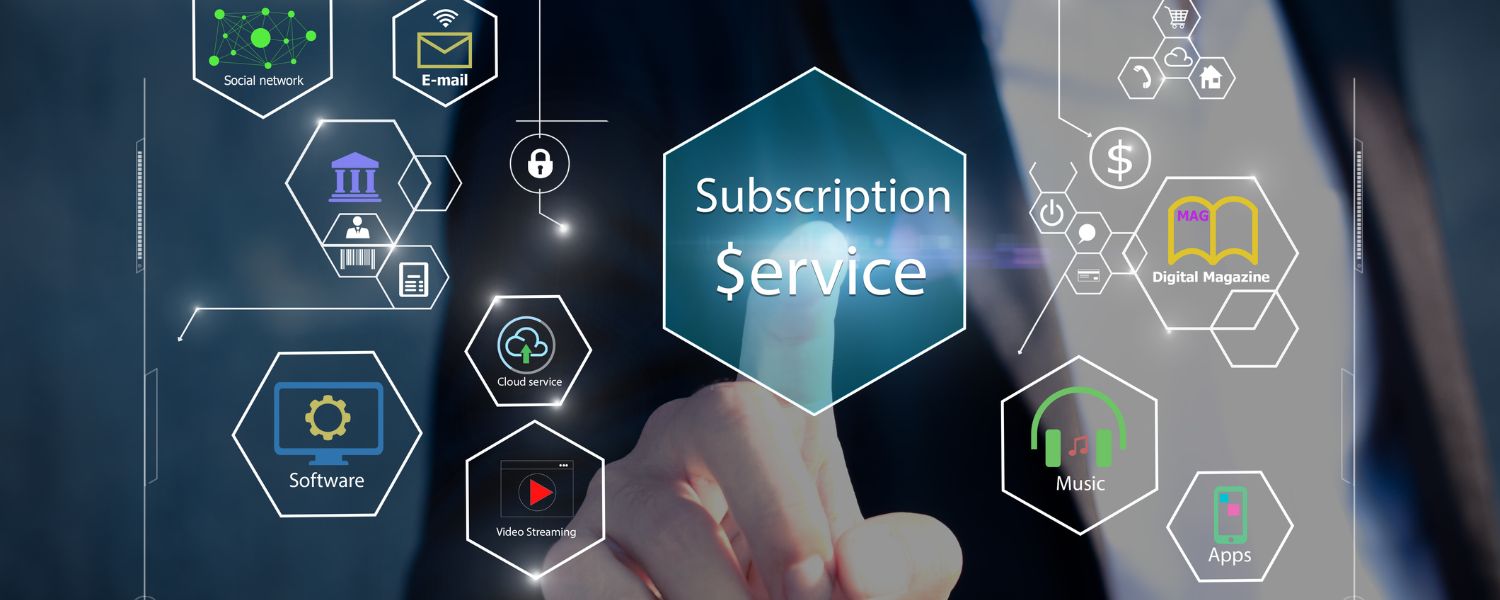
The IoT market is booming, with billions of devices connecting people, businesses, and industries. This massive ecosystem has created a demand for flexible, scalable, and transparent billing systems to handle everything from recurring charges to usage-based pricing. Enter IoT subscription billing—a model that allows tech companies to offer seamless payment solutions for connected devices while maintaining customer satisfaction.
With the rise of recurring billing for IoT devices, companies can improve revenue streams and create long-term customer relationships. However, implementing these systems requires robust IoT billing solutions and the right strategy.
The Rise of IoT and Its Unique Billing Challenges
The IoT ecosystem is unique because it often integrates data services, software, and hardware in a single offering. This creates complex billing challenges for companies. Here’s why:
Diverse Pricing Models: IoT services require a mix of subscription, one-time, and usage-based billing for IoT. For example, a smart energy meter might charge a flat monthly fee plus additional fees based on consumption.
Scalability: As IoT devices scale, so does the complexity of billing. Manually managing millions of connected devices is impossible without subscription management software.
Customer Expectations: Customers expect transparent billing, flexible plans, and seamless user experiences—all of which demand sophisticated billing systems.
These challenges can overwhelm even the most established tech companies without the right tools.
What is IoT Subscription Billing?
At its core, IoT subscription billing is a model that allows companies to charge customers regularly for IoT services. This could include monthly subscriptions, pay-as-you-go models, or tiered pricing based on usage. Unlike traditional billing, IoT billing models are highly dynamic. They need to support a range of features, including:
Automated billing for recurring charges.
Tracking and charging based on device usage.
Integration with IoT billing solutions for seamless operations.
Think of IoT subscription billing as the backbone of monetizing IoT services—it helps tech companies automate and manage payments while providing a great user experience.
Key Benefits of IoT Subscription Billing for Tech Companies
Predictable Revenue Streams: With subscription billing for tech companies, businesses can shift from one-time hardware sales to recurring revenue. This creates predictable cash flows and increases the lifetime value of customers.
Flexibility in Pricing: Tech companies can leverage IoT billing models like usage-based, tiered, or hybrid. For instance, a connected car service might charge a base fee plus mileage-based usage. This flexibility attracts more customers by aligning costs with the value delivered.
Seamless Customer Experience: Modern IoT subscription billing solutions ensure customers have a frictionless experience. Features like automated billing, plan upgrades, and real-time usage tracking empower customers while reducing churn.
Scalability: As the quantity of linked gadgets increases, billing systems powered by subscription management software can handle the scale with ease. Businesses don’t need to worry about manual errors or delays in invoicing.
Improved Cash Flow Management: Companies can better forecast revenue and allocate resources efficiently by adopting recurring billing for IoT devices.
Real-World Success Stories
1. Smart Home Services: A leading smart home company offers customers a monthly plan for connected devices like security cameras and thermostats using IoT subscription billing. Their usage-based billing for IoT ensures customers only pay for the data they consume, making the service more attractive.
2. Industrial IoT: An industrial IoT provider implemented IoT billing solutions to manage subscriptions for predictive maintenance services. Integrating automated billing and usage tracking reduced billing errors by 40% and improved customer retention rates.
3. Connected Vehicles: A car manufacturer offers a subscription-based infotainment system powered by IoT billing models. Customers can choose from different pricing tiers, such as basic navigation or premium entertainment services, with charges handled through subscription management software.
These examples showcase how businesses can use IoT subscription billing to drive growth and improve customer experiences.
Challenges and Solutions in Implementing IoT Subscription Billing
1. Complexity in Usage Tracking: Managing millions of IoT devices and tracking their usage can overwhelm traditional billing systems.
2. Integration Issues: Businesses often struggle to integrate IoT billing solutions with their existing infrastructure. Customer Transparency: Lack of clarity in billing can lead to disputes and churn.
3. Scalability: As IoT deployments grow, scaling manual billing processes becomes impossible.
Solutions
Automate IoT Billing: Use subscription management software to automate tasks like invoicing, usage tracking, and payment processing.
Adopt Usage-Based Models: Implement usage-based billing for IoT to align pricing with customer needs.
Invest in IoT Billing Solutions: Choose robust tools that expand with your company and are simple to combine with your current systems.
Enhance Transparency: Provide detailed billing reports and real-time usage tracking to build customer trust.
By addressing these challenges, companies can unlock the full potential of IoT subscription billing.
Future Trends in IoT Subscription Billing
AI-Powered Billing Systems: AI will significantly automate IoT subscription billing processes, such as identifying billing anomalies or predicting customer churn.
Dynamic Pricing Models: Expect to see more dynamic IoT billing models, where pricing adjusts in real time based on usage patterns or external factors like energy prices.
Blockchain for Transparency: Blockchain technology could revolutionize IoT billing solutions by providing secure, transparent, and tamper-proof records of transactions.
Global Expansion: As IoT services expand globally, automated billing systems must handle multi-currency transactions, tax compliance, and regional pricing.
Integration with Other SaaS Tools: In the future, subscription billing for tech companies will integrate seamlessly with CRM, ERP, and other business systems to create a unified customer experience.
These patterns portend a bright future for organizations using IoT subscription billing to expand.
Conclusion
IoT subscription billing is revolutionizing how tech companies monetize connected devices. From enabling flexible pricing models to automating complex billing tasks, this approach is helping businesses scale efficiently while delivering a better customer experience. By addressing challenges like scalability and transparency, companies can fully unlock the potential of IoT billing solutions.
The billing systems that facilitate IoT technology will also develop further as it does. If tech businesses adopt these ideas now, they will have a competitive advantage in a world that is becoming more interconnected.
FAQ
Q: What is IoT Subscription Billing?
A: IoT subscription billing is a recurring billing model designed for IoT services. It allows businesses to charge customers for ongoing device usage and services.
Q: What are the key benefits of IoT billing models?
A: Benefits include predictable revenue streams, flexibility in pricing, seamless customer experiences, and scalability for managing large device networks.
Q: How may businesses set up subscription billing for IoT?
A: Companies can use subscription management software and IoT billing solutions to automate processes, track usage, and integrate billing with other systems.
Q: What challenges exist in IoT subscription billing?
A: Key challenges include usage tracking, integration with existing systems, and scalability. Solutions like automated billing and robust software can help address these issues.
Q: What is usage-based billing for IoT?
A: It’s a billing model where customers are charged based on their device usage, offering a fair and flexible pricing approach.






